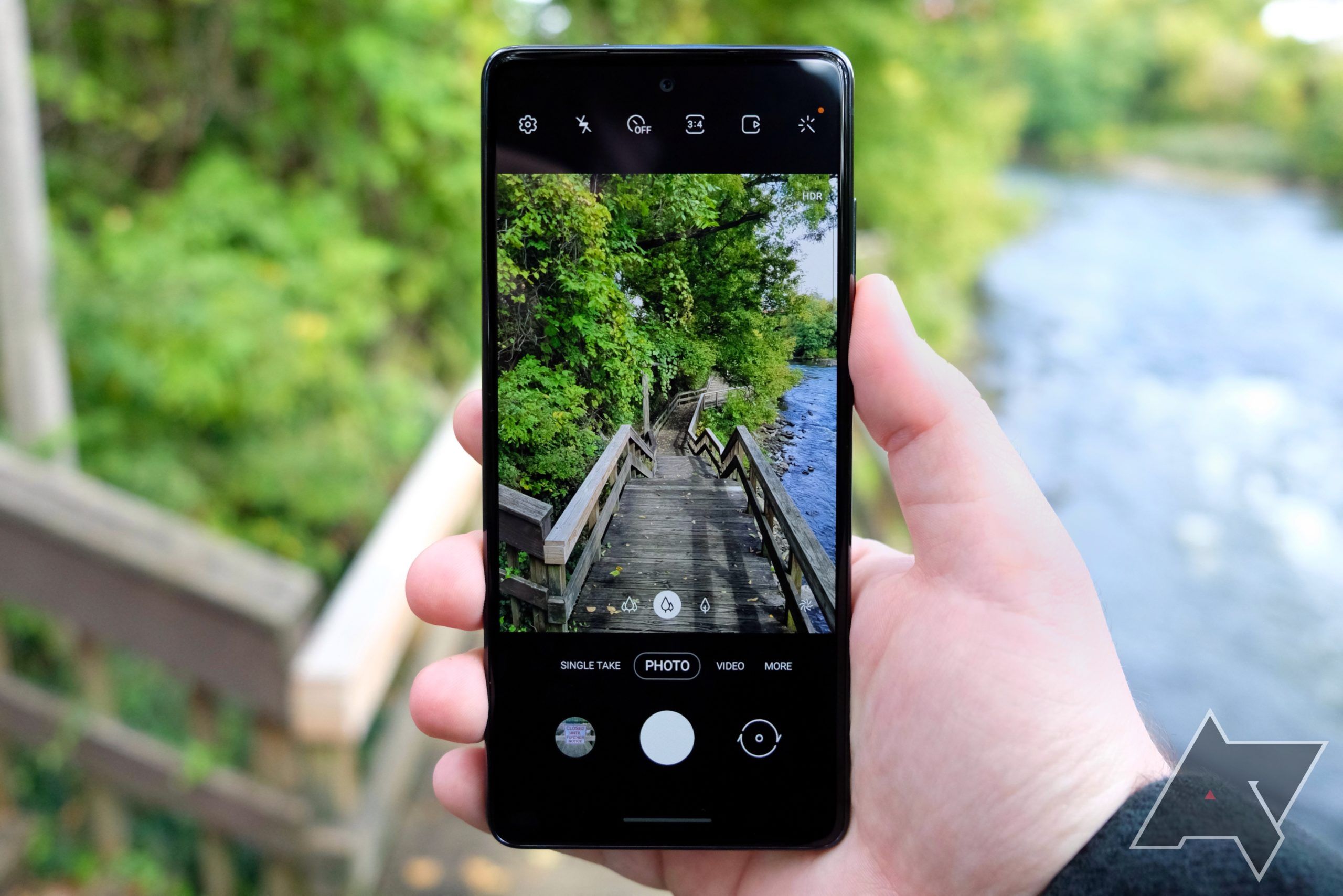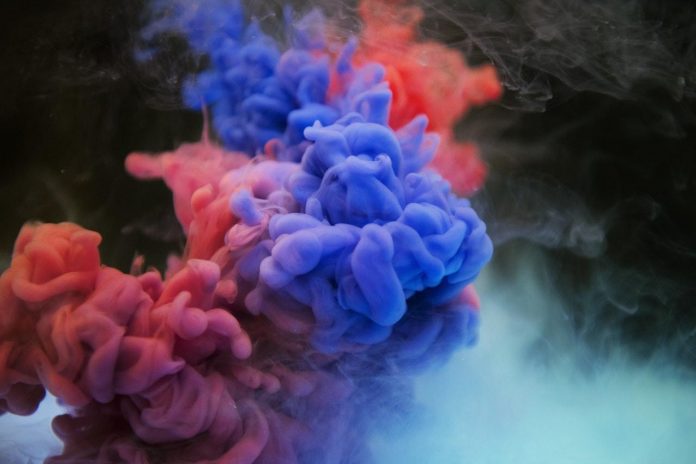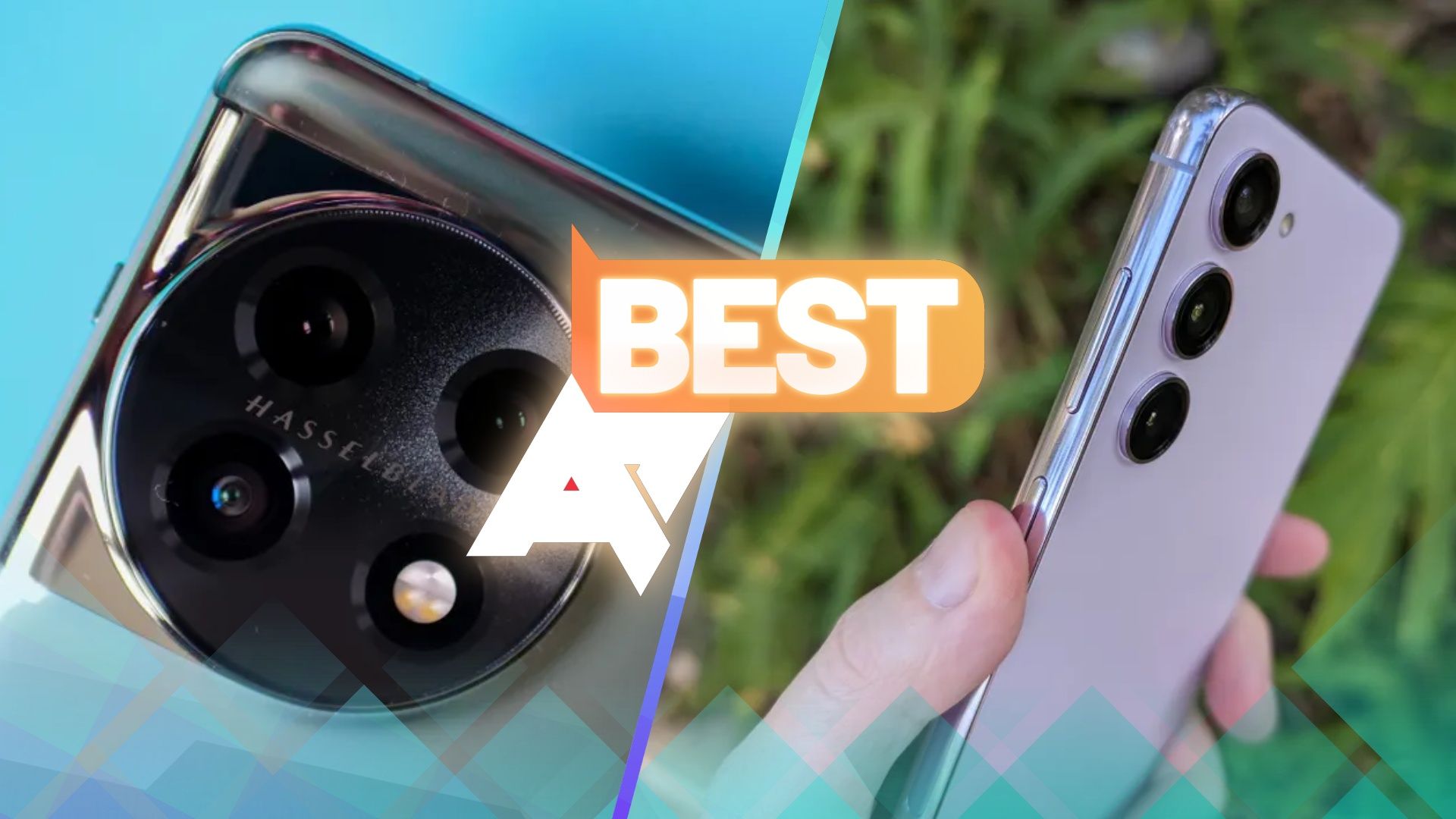Summary
- Solar eclipses offer stunning visuals and are easier to shoot than nighttime sights. NASA just shared valuable tips for the upcoming April 8 event.
- Photographing a solar eclipse takes prep work. Remember to invest in eclipse glasses and solar filters for safety and optimal shots.
- Use a stable tripod, delayed shutter release, correct exposure settings to capture the corona, and the unique shadows during a total solar eclipse.
Solar eclipses are a fairly rare astronomical event, but they make for pretty stunning visuals. They are also considerably easier to shoot than nighttime sights like meteor showers, shooting stars, constellations, and the Milky Way because of the abundance of ambient light. Such conditions are favorable for shooting with any phone packing decent cameras, or even a basic DSLR. A total solar eclipse will be visible from parts of the US and Canada on April 8, and NASA just shared a few valuable tips alongside a quick refresher on safety for you and your devices.

The best Android apps for photographers in 2024
It’s time to take your photos to the next level
A total solar eclipse occurs when the moon perfectly blocks our view of the sun from Earth, casting its shadow on the planet. Since only a part of the Earth faces the sun when the orbits align for an eclipse, the sight is visible only from a few regions. On April 8, a total solar eclipse will plunge several major cities in Canada and most of the US in total darkness for a few minutes. Other US states which aren’t in the path of totality can witness a partial eclipse, which may not be as grand, but is impressive nonetheless.
Photographing a solar eclipse isn’t challenging, but it takes a little prep work, just like nighttime astrophotography. NASA has a bunch of few nuggets of advice for anyone, no matter the camera you’re using, but it’s important to note that safety is paramount from the get-go (via AndroidAuthority). If you’re not in the path of totality or plan to shoot the phases of the eclipse, NASA suggests investing in eclipse glasses for your eyes and a good solar filter, because looking at the sun directly can damage your eyes and camera permanently.
Prep work makes the dream work
Besides the basic prep work such as scouting a location with an unobstructed view of the sun, identifying the gear you will use, cleaning it, etc., NASA suggests packing a tripod for stable shots and using the delayed shutter release timer in your camera or app. Both ensure you get stable, shake free shots, especially when photographing the outer atmosphere of the sun, known as the corona, visible during the total eclipse. Just remember to remove the solar filter when shooting the total eclipse.
While your focal point should be locked at infinity, getting the exposure right can be challenging. To nail it, the agency suggests snapping a few photos on a regular sunlit day at the same spot you will shoot the eclipse. If you’re shooting with a DSLR or similar camera, try locking the exposure from F8 to F16 and then see the results varying the shutter speed from 1/1000 to 1/4 seconds to figure out the setting for an optimally lit scene with the solar filter equipped, just like you would shoot on eclipse day. You can use this setting to photograph a partial eclipse. For the total eclipse, NASA suggests leaving the exposure locked and trying a shutter speed as slow as 1 second.
On most phones, the settings aren’t very different — the fixed aperture leaves you just the shutter speed to toy with.
If you don’t have a telephoto lens capable of zooming in on subjects, the space agency also recommends looking around you during the eclipse because the daylight from the corona casts unique shadows on the ground as it passes through leaves, which act like natural pinholes. You can also shoot wide-angle shots to capture how the lighting from the eclipse changes your surroundings.
Lest we forget, remember to shoot in RAW for maximum fidelity during the editing phase, and always wear eye protection before and after the totality phase.





